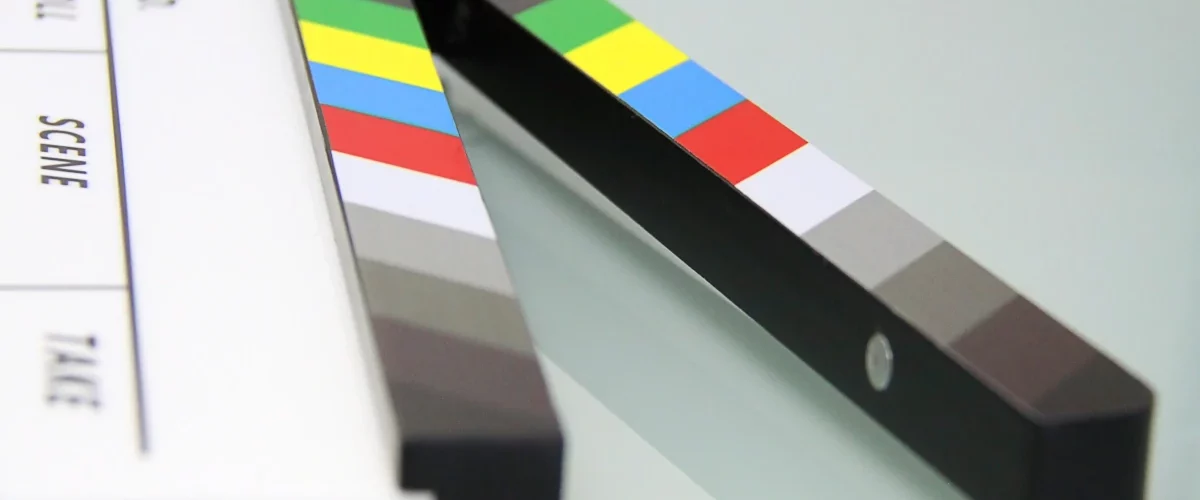Movie posters leave a lasting first impression. They can make or break a film’s initial public perception. More than mere advertising tools, they serve as the primary visual touchpoints. Indeed, they can sway an audience’s decision to watch a film.
Take, for instance, the minimalist art for “Jaws” (1975). It paints a haunting image of the impending terror, piquing audience curiosity. The “Star Wars” (1977) poster, on the other hand, captures the expansive universe with intricate illustrations of characters and spaceships. Here, art in movie posters is an exciting blend of design, creativity, and strategic storytelling.
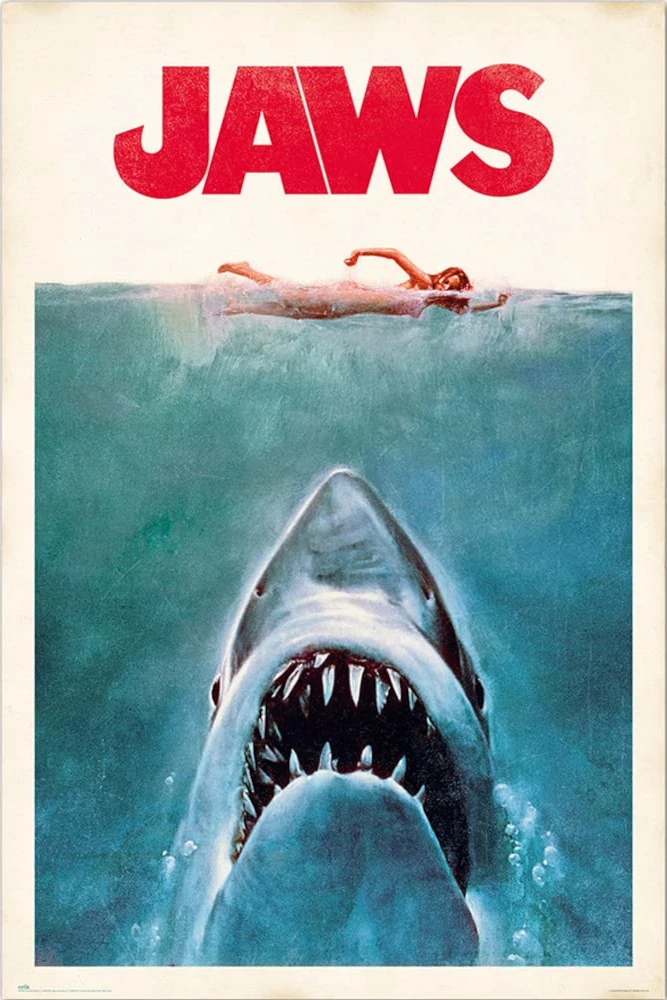
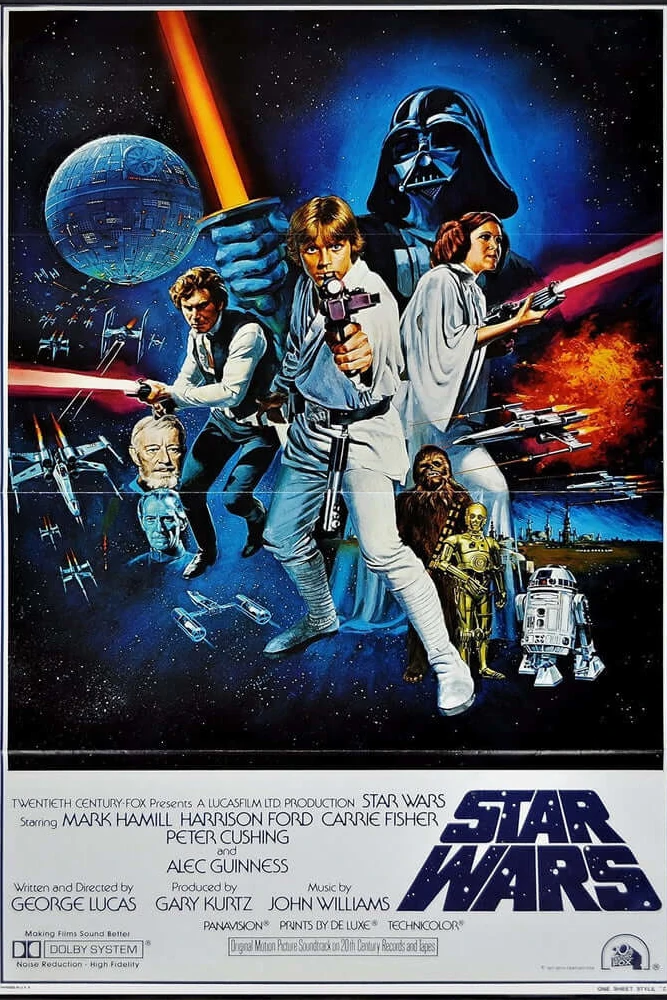
Aesthetic and Emotional Appeal: Storytelling through Design
Art in movie posters does more than entice viewers with pretty pictures. It serves as a visual narration of the film’s story, kindling curiosity and setting the tone for what to expect.
Consider the color-saturated poster of “The Grand Budapest Hotel” (2014). Its quirky aesthetics echo the film’s whimsical storyline. Conversely, the stark, monochromatic poster of “No Country for Old Men” (2007) captures the chilling narrative, delivering a noir-like appeal.
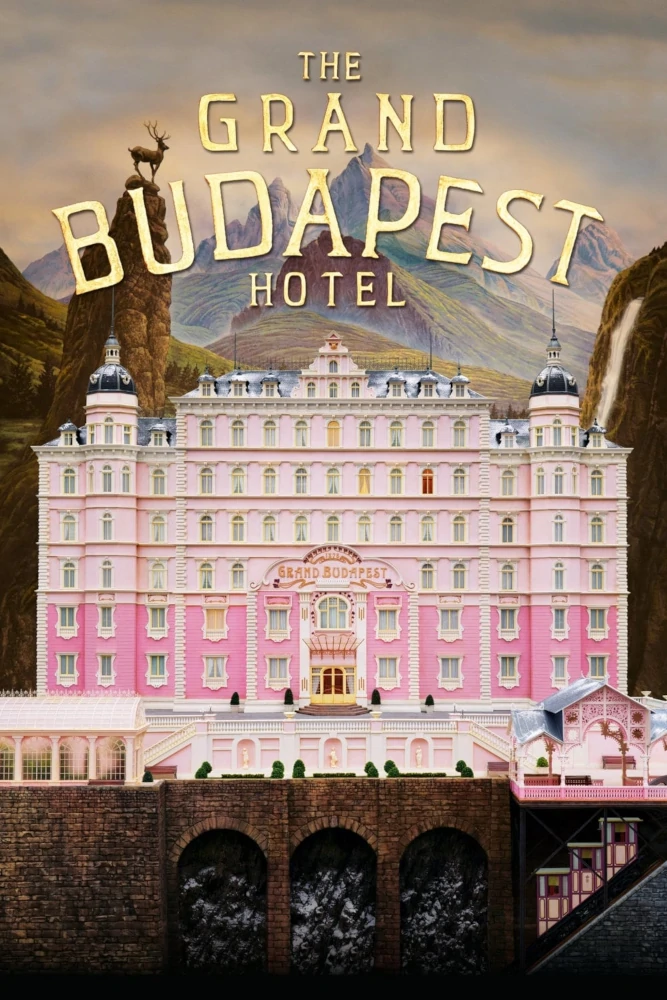

The poster for “Pulp Fiction” (1994), showcases a pulp novel aesthetic, suggesting its connection to classic pulp stories. Meanwhile, the poster for “The Dark Knight” (2008) teases the chaos Joker brings to Gotham city with smeared clown makeup on a dark canvas. The ability to encapsulate a film’s narrative and emotional essence underscores the importance of art in movie posters.
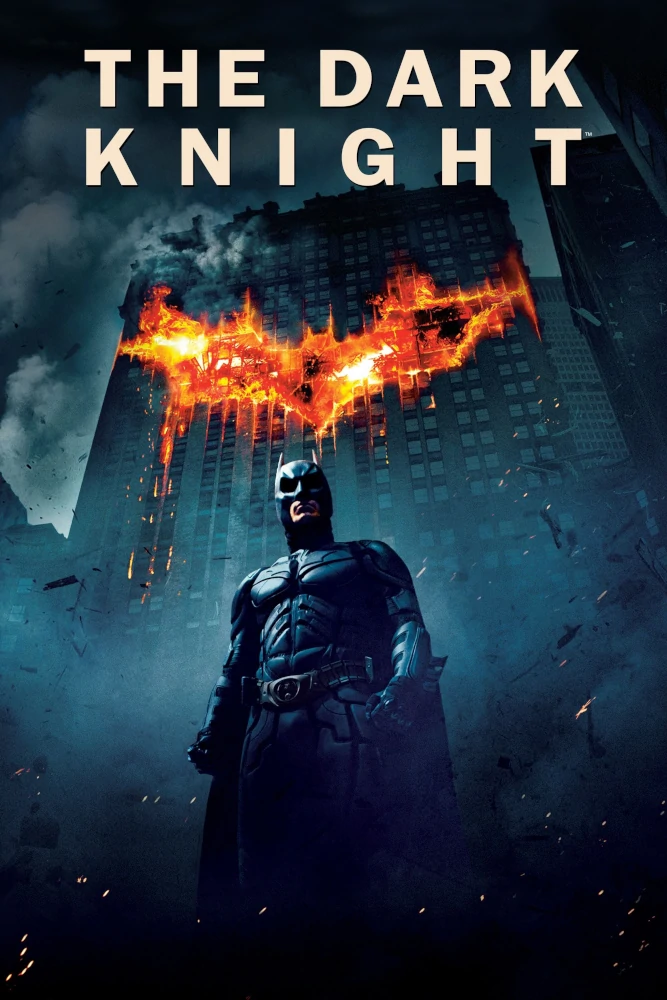
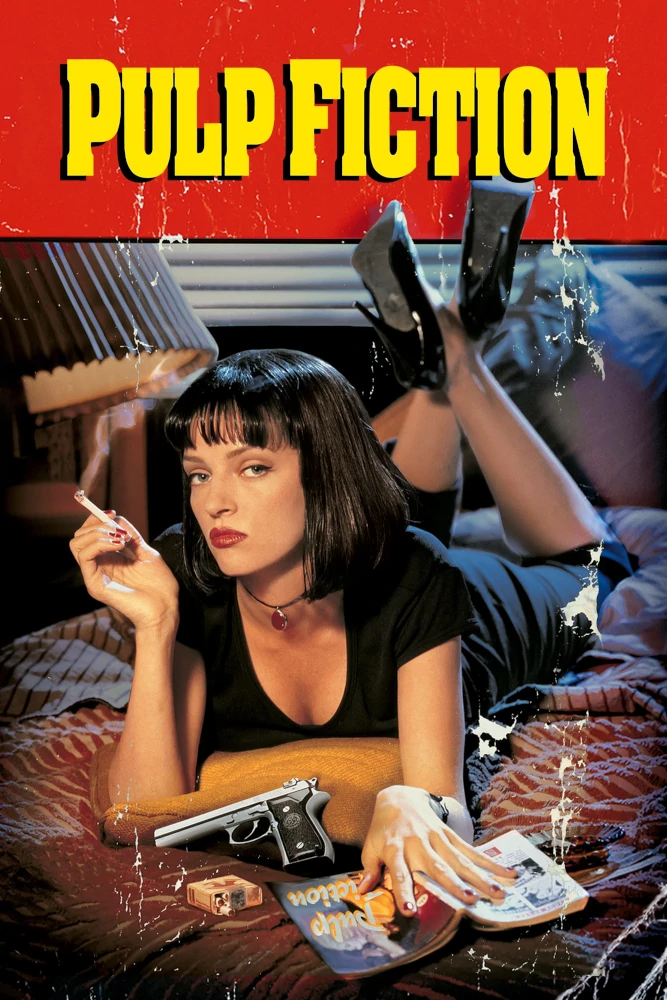
Art as a Marketing Strategy: More than Meets the Eye
Art in movie posters also plays a crucial role in a film’s marketing strategy. A distinctive and captivating poster has the potential to become a social media sensation, furthering the film’s reach and popularity.
For example, the vibrant, pop-art style poster of “Scott Pilgrim vs. The World” (2010) became an internet sensation, gaining shares and likes across various platforms. This generated buzz and gave the film an extra promotional boost. Similarly, the striking blue-and-black poster of “The Social Network” (2010) created a sense of intrigue, leading to a surge in online discussions.
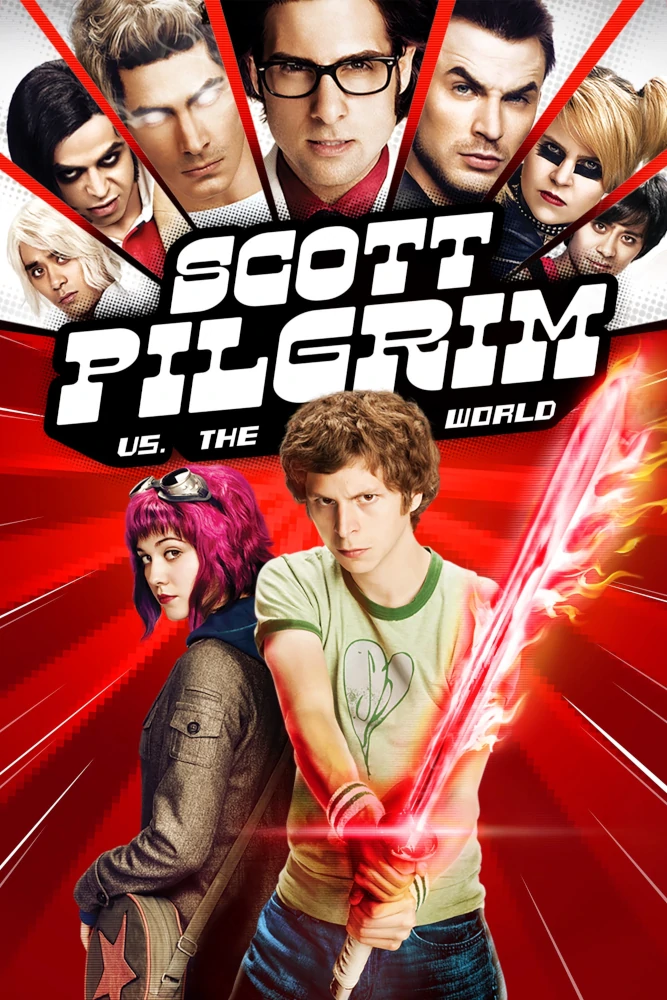
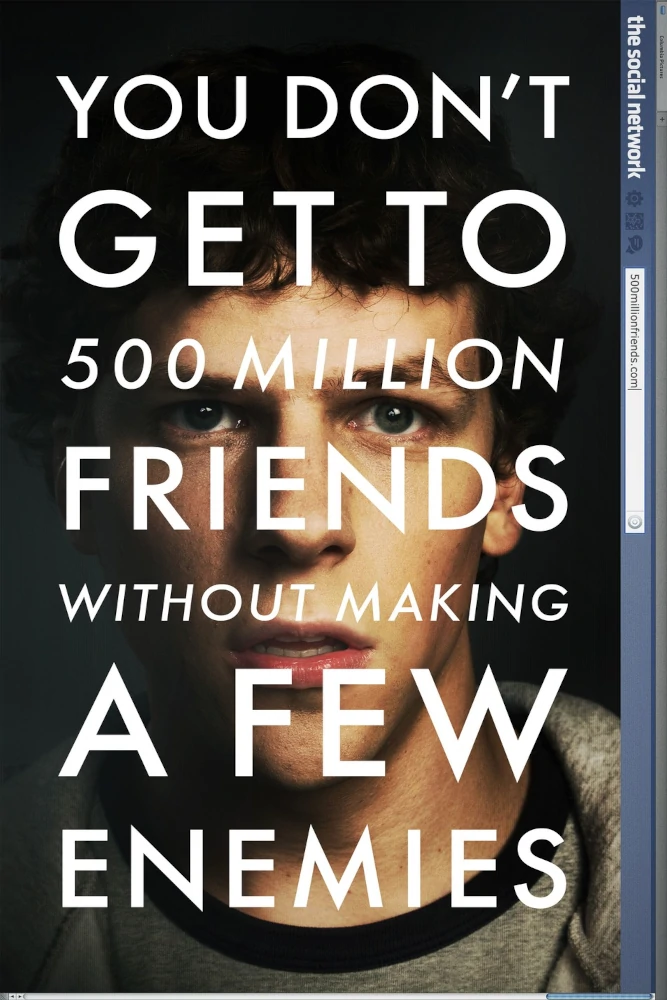
Conclusion: Unleashing the Power of Art in Movie Posters
To sum up, the art in movie posters serves as the film’s visual ambassador. It’s a storytelling tool that attracts viewers, narrates a captivating tale, and amplifies marketing efforts. It not only draws audiences into cinemas but also leaves a lasting impression that outlives the film itself.
Recognizing the significance of art in movie posters allows us to appreciate the creative efforts behind these designs. It invites us to see beyond the surface and understand the narrative and emotional depth they offer. The next time you encounter a movie poster that intrigues you, take a moment to appreciate the intricate artistry behind it.
Learn more about Art at Luxpeer’s informative blog.
